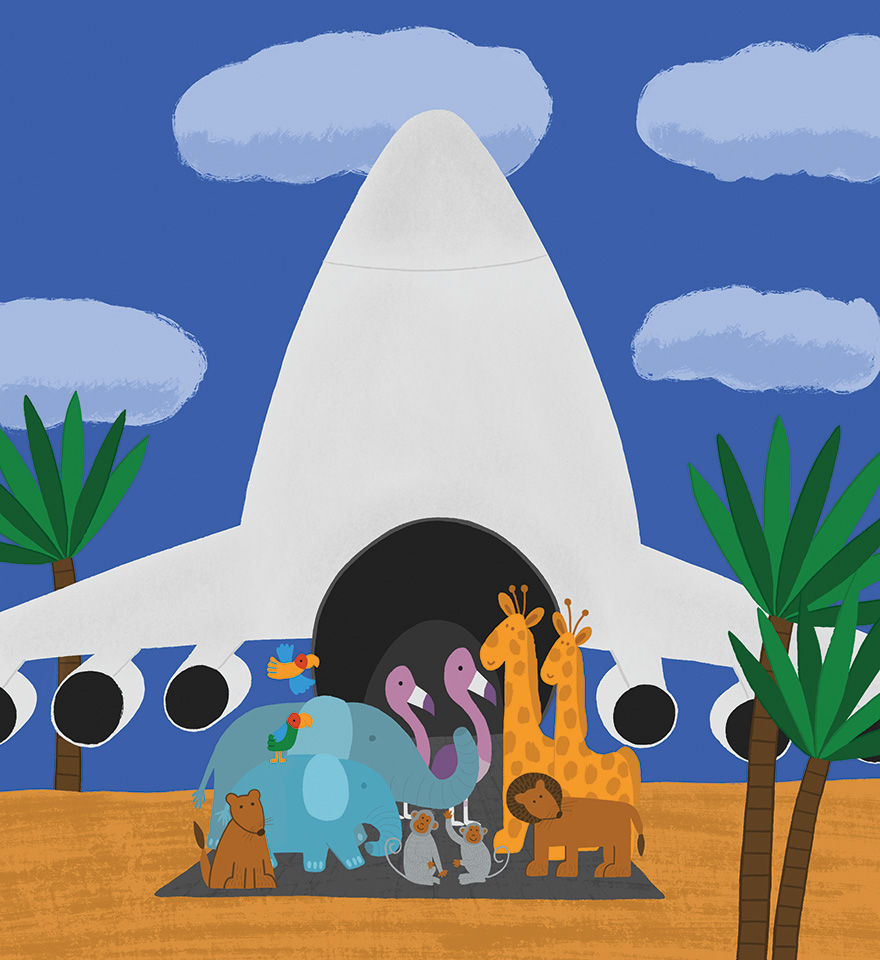ShahkhatuniElizaveta
December 22, 1911, Yerevan, USSR (now Armenia) —
October 27, 2011, Kyiv, Ukraine
Laboratory of An aircraft strength testing
Previously, to test the strength of the aircraft, a team of engineers and craftsmen sat on its wings and just hoped that if the wings could bear their weight, then it will also bear the load during the flight. Today, these tests are conducted in specially equipped laboratories. The largest strength test laboratory in Europe was established in the early 1980s by Elizaveta Shahkhatuni, the first female aircraft designer in the Soviet Union.

But this story started even earlier, in the late 1960s when Oleg Antonov design bureau began designing another of the world’s largest aircraft. Before that Antonov’s team worked on one of the largest aircraft in the world, the military transport aircraft An–22 Antei which was displayed at Le Bourget air show in 1965. For that time, the plane had an incredible size and also lifted a cargo weighing 100 tons, setting a world record for cargo.
But the aircraft designers understood that Antei’s championship would not last long, so the team should immediately proceed to design a new larger aircraft. In 1968 the Americans introduced their military transport aircraft Lockheed
And so work on the construction of the
In addition, the designer suggested doing what no one has ever done before. Before that, one aircraft was tested for strength, and another for endurance, and the third aircraft took off. The first test helped to check what maximum load the aircraft can bear, and the second helped to determine the service life of each of the parts and the aircraft. Shahatuni suggested conducting a full range of tests on one aircraft. The tests were successful, and the
Later, Shahatuni led the calculations and tests of another legendary super-heavy transport aircraft An–225 Mriya. It conducted its first flight in 1988 and still is the largest aircraft in the world. Wherever it takes off and wherever it lands, it, like a superstar, gathers crowds of people who want to see it.
According to the plan of aerospace and aircraft designers, Mriya was intended to become not just a transport aircraft, but a flying platform for a reusable space shuttle orbiter Buran, which could launch from its back not vertically but horizontally. Several times Mriya aircraft even lifted the Buran, however, only to demonstrate its capabilities at the next air show in Le Bourget, as well as to transport it to the Baikonur Cosmodrome, where it was launched into space by specially designed rocket. Soon that space program was closed and Mriya lost its job for a while.
In 2001, the An–225 took off again to perform commercial flights. It made the largest number of flights to help the world overcome the coronavirus pandemic. In 2020, Mriya delivered several thousand tons of medical masks, face shields, goggles, and protective suits for medical workers and the population of different countries. The aircraft was freighted by Germany, Poland, Austria, the Czech Republic, Denmark, Ireland, Kuwait, Portugal, Qatar, Slovakia, Spain, and Switzerland. Of course, Mriya delivered important cargo to Ukraine as well.